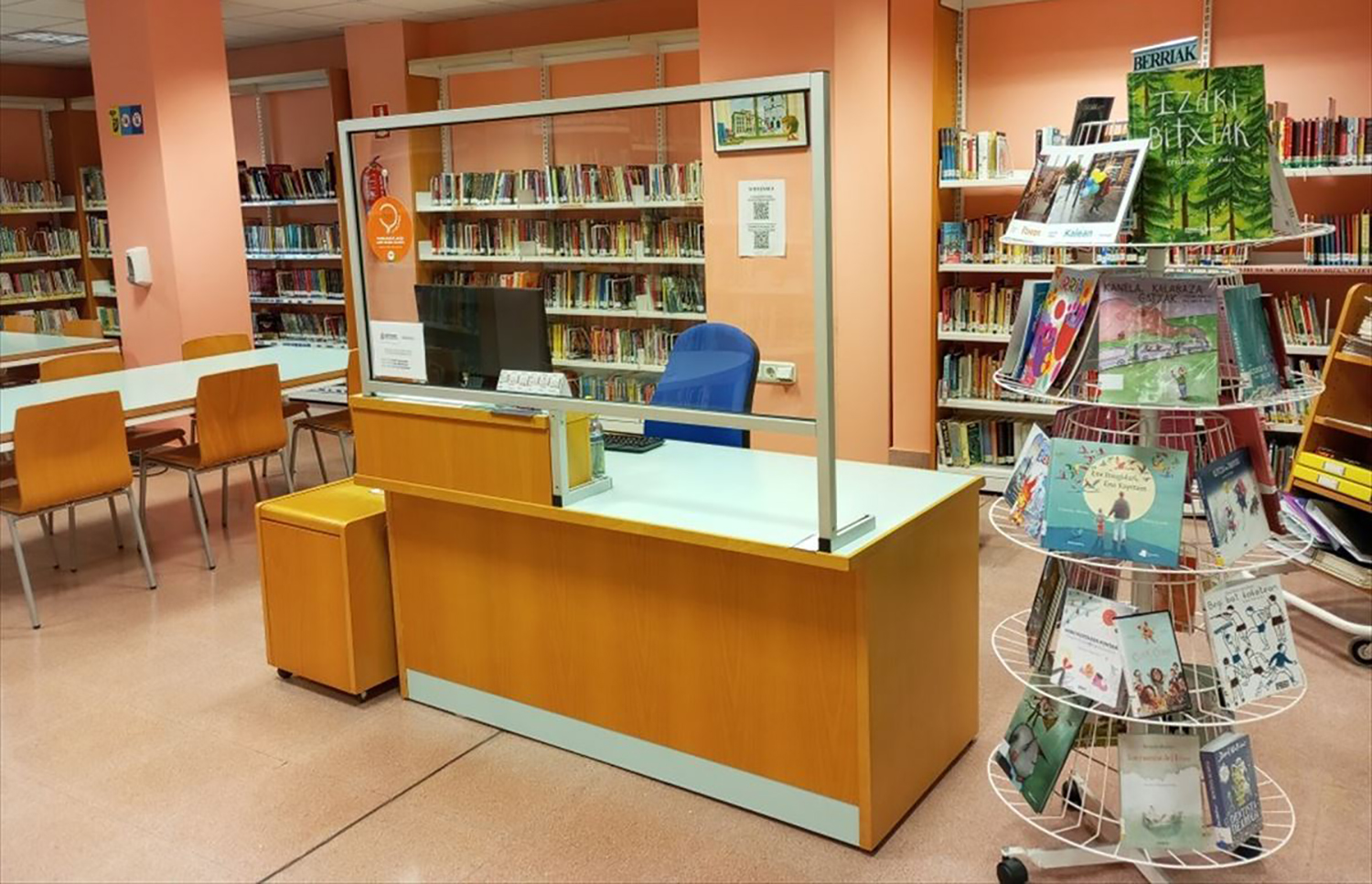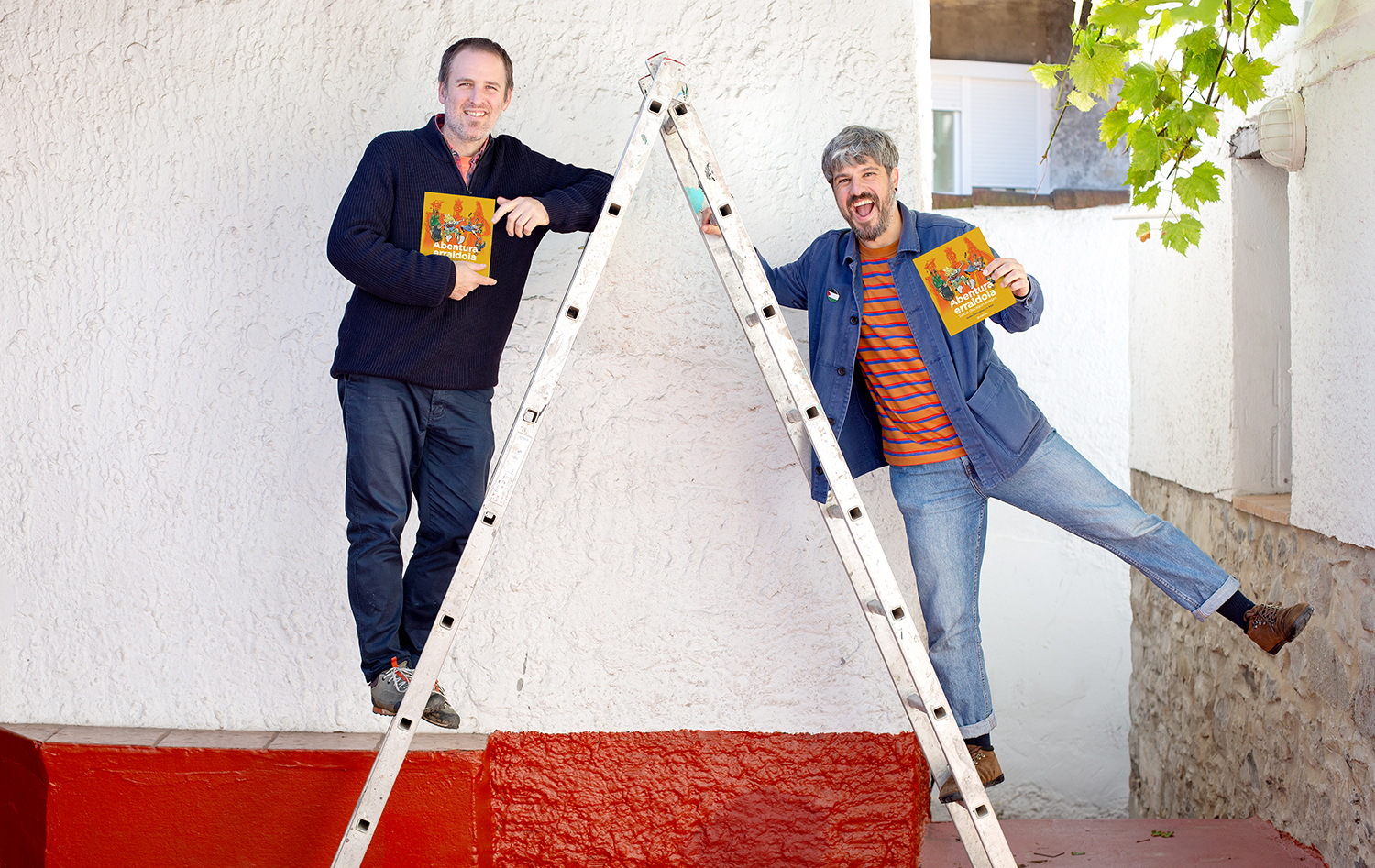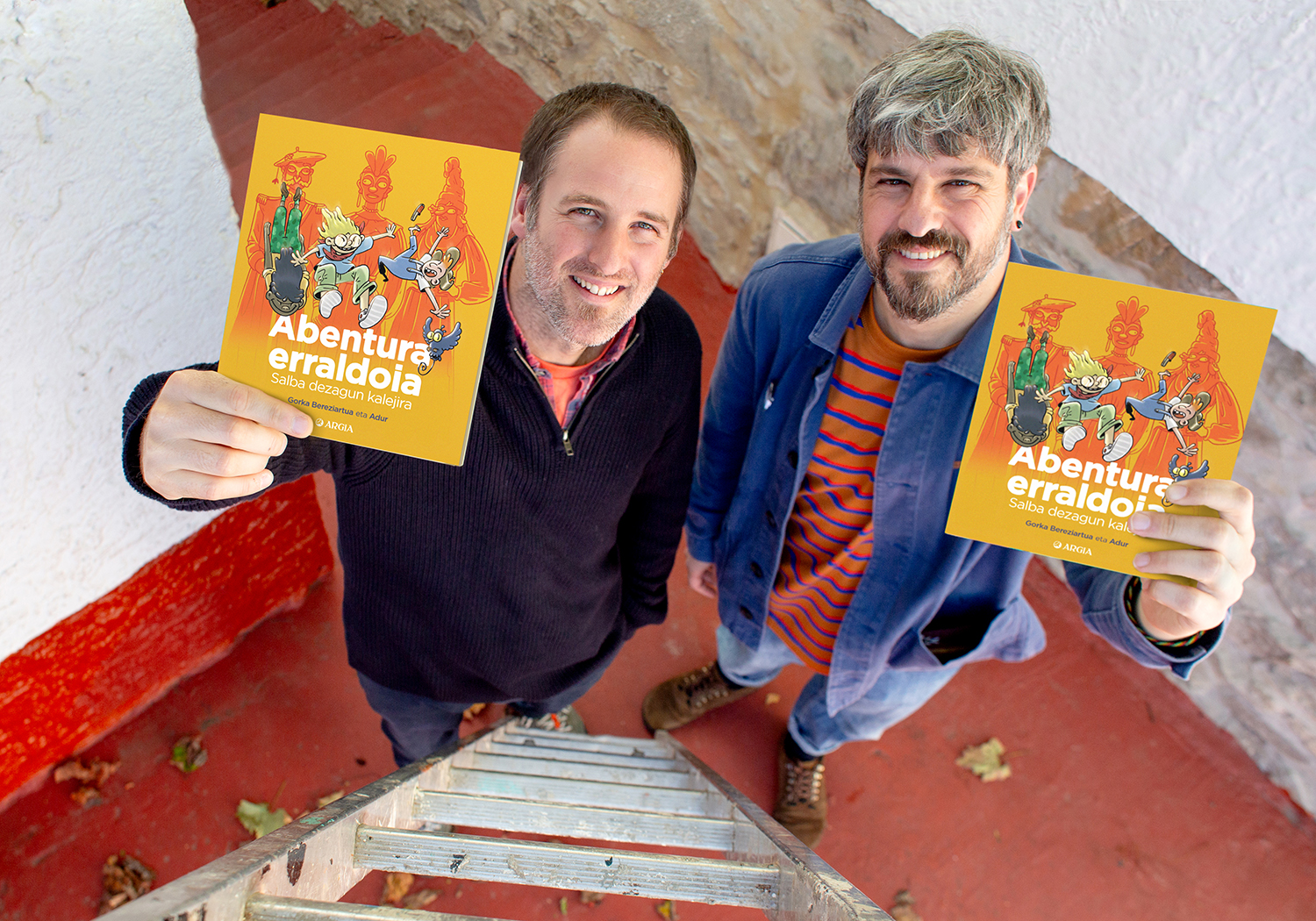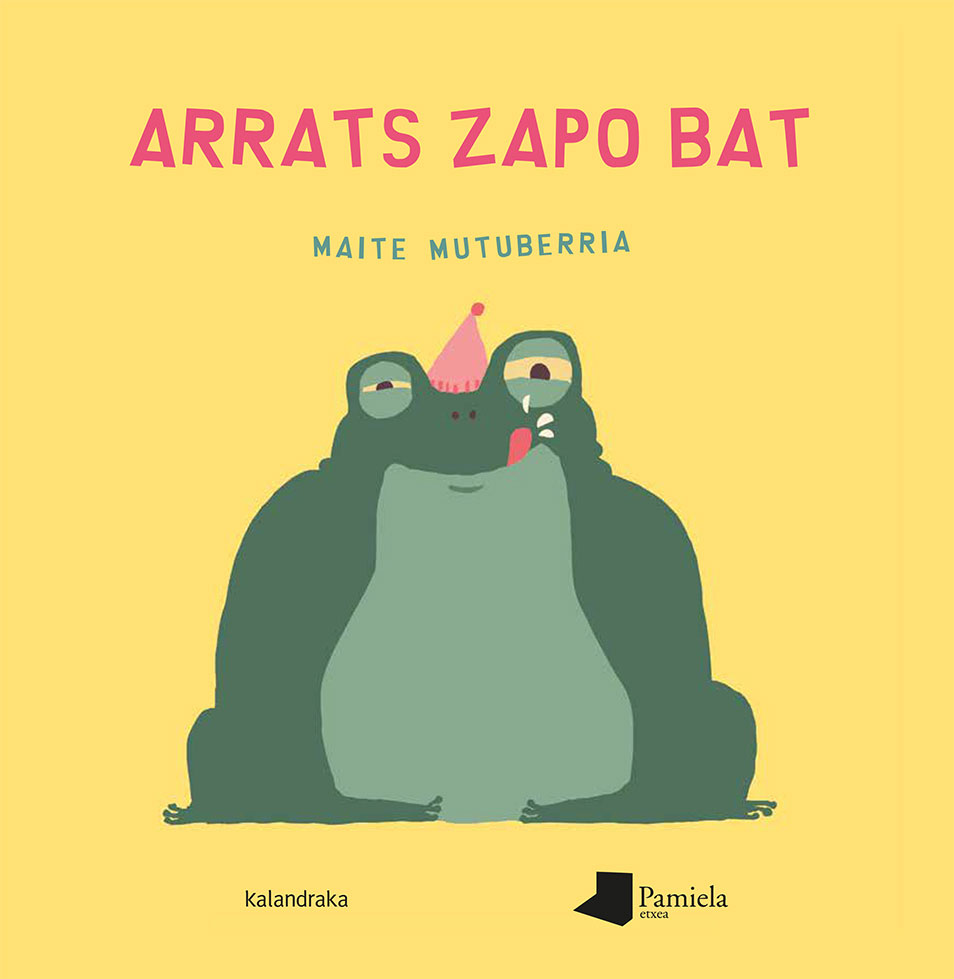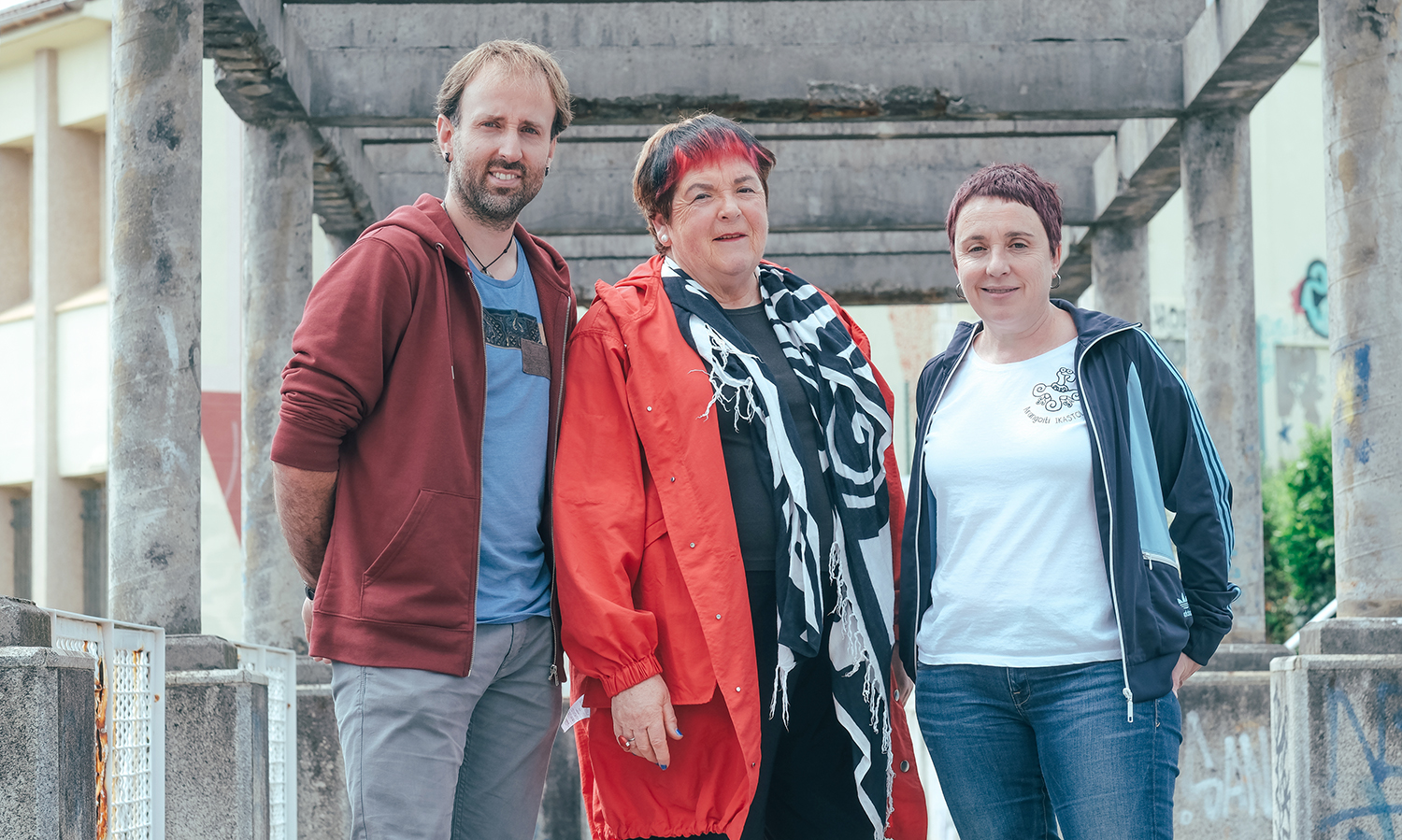The students of ESO present the reading competition for the promotion of literature
- After its success in the schools of Slovenia, the editorial Alberdania has brought to the educational centers of Euskal Herria the Joko Ona Denontzat reading contest: The students of the ESO will read “high quality books” by groups and selecting avatar will overcome the associated challenges in an online game. They also have the prizes ready.

The initiative was launched in Slovenia seven years ago by Slovenian publishers Malinc and Sodobnost. Due to its welcome, the game has been broadcast to Portugal, Northern Macedonia and Euskal Herria, and has been designed by several publishers of those countries. In Euskal Herria, it has been the editorial Alberdania that has taken the lead in the festival, and after the piloting carried out through the literary association Galtzagorri, they have opened the doors to everyone who wants to participate.
The project consists of an online game based on the book read on paper. Teenagers will have to make groups of three, choose an avatar to play or a character and face the challenges they face. The teachers will have at their disposal a large number of materials to work the project and they will know the books (all related to the juvenile literature, from Alberdania), but they will not let the participants know the titles of the books, as they will have to guess them as they carry out the exercises. In addition, participants will have to invent books, reflect on what they have read, exchange creations, etc.
The game was developed on the Moodle platform, usual in teaching, and the group with the most points will take a tour to Irrisarri Land. The first three groups will also receive literary prizes.
"The idea is to break the dichotomy of paper vs. screen and take advantage of screens to promote reading"
“The idea is to break the paper vs. screen dichotomy and take advantage of screens to foster reading,” explains Oier Etxebeste to ARGIA from Alberdania. These are not delicate objectives: to increase the reading capacity, to increase the uptake of literature, to improve digital literacy, to promote reflection on good and bad practices in group learning, or to promote quality European literary works, minority and less well-known literature among young people.
For more information on the initiative, go to this link.
On the subject, at ARGIA we held a round table with writer Mariasun Landa and professors Xabi Salaberria and Nora Uribeetxeberria. How to read students.

Saran egingo da urriaren 11 eta 12an, eta aurtengoa laugarren edizioa izango da.
-It was an ordinary afternoon. For anglerfish.” This evening is what Maite Mutuberria tells us in this album. The book has very few texts and the images tell us very well the development of history.
From the beginning we can see in the illustrations a large and quiet... [+]
The one who approaches this book, first of all, will be with G. It meets the images of Mabire. They are comic style images, very accurate strokes and celestial experiences that help to easily interpret characters and situations. These images coincide with the text, which is... [+]
Human beings are so many narrative stories that the narrative capacity that you can say is one of the characteristics that makes us human. We need stories to build ourselves and reality, with special emphasis on the function of classic stories, or on the particular but timeless... [+]
On Sunday morning we read a story by Tolstoi, reading, in Basque: “How much land does a man need?” And he knows the drawings of Elena Odriozola because he saw them in the adventures of Gulliver, he enjoys the thread of the Tales. Then he gets into discotheque, often, and... [+]
When our son started reading at school, we looked for books of his age. The French Sami et Julie font des crêpes (“Samik and Julie fabrican matahamis”), E. Massonaud and T. Bontéren's work. As soon as we read the title and know the back cover (“a short, ridiculous and... [+]








